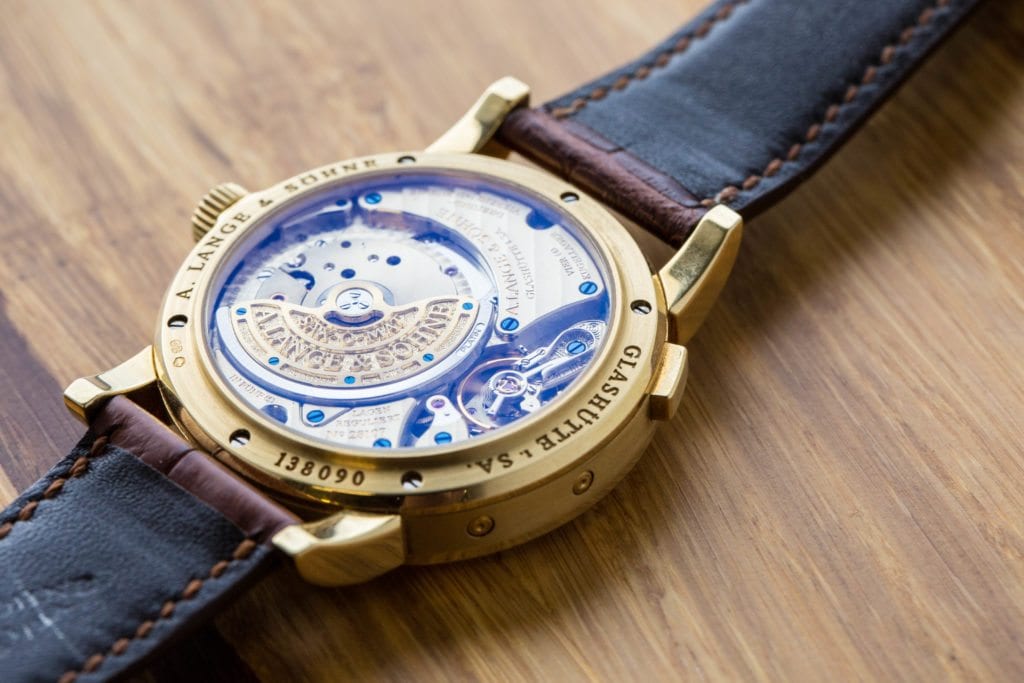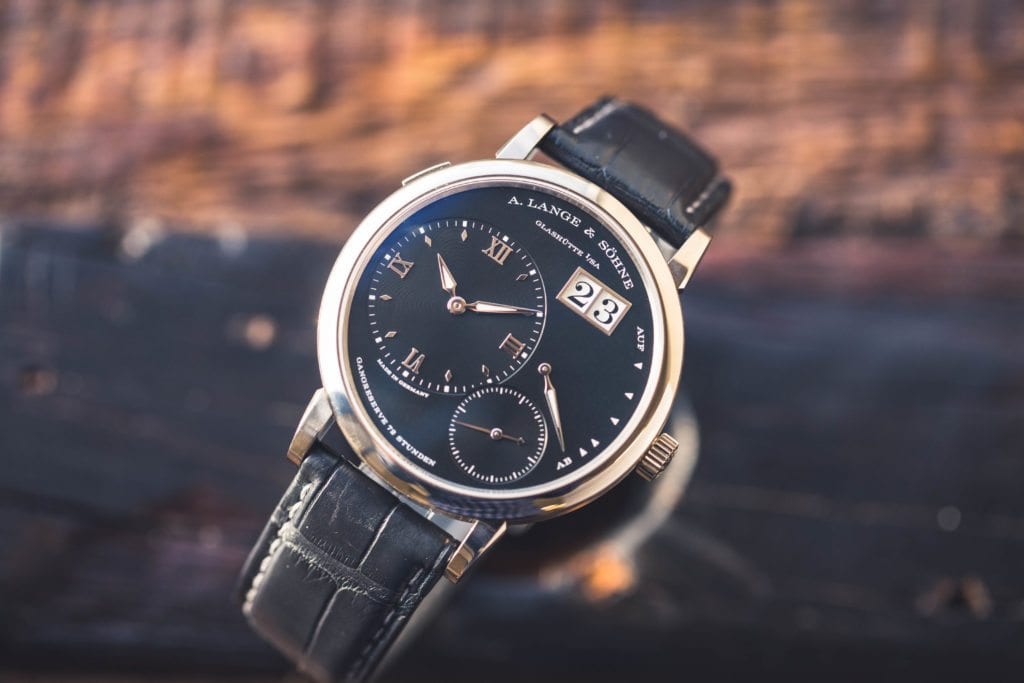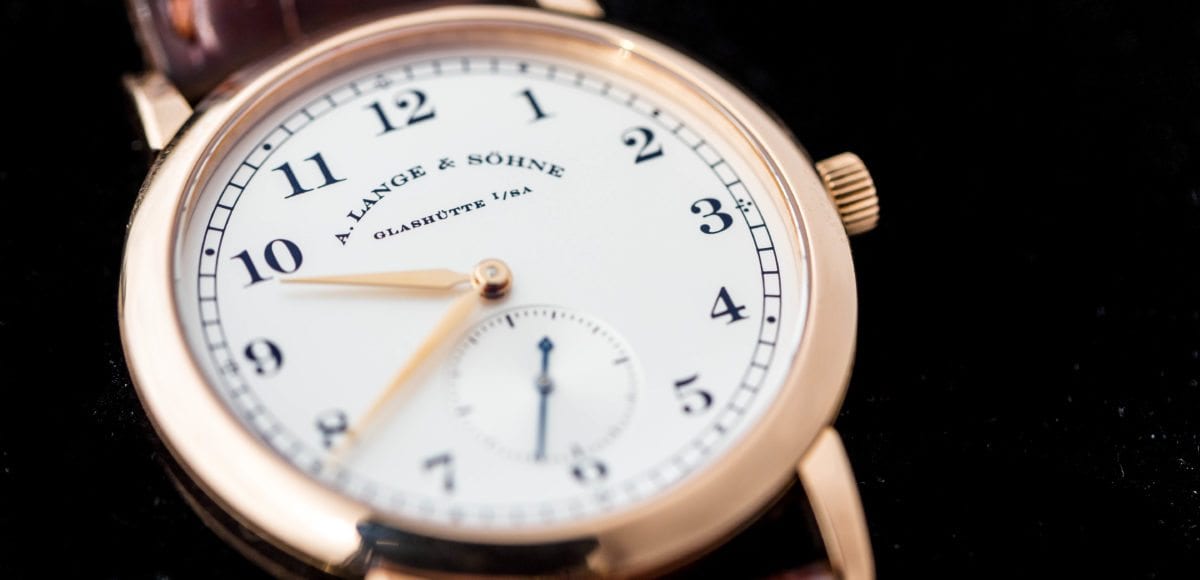What better way to celebrate Watchtoberfest — our horological twist on the German drinking holiday — than by taking a weeklong look at some of the most noteworthy German timepieces? It’s not often considered at the top of countries that make fine timepieces, but Germany has a long history as a watch innovator.
As the country’s production ebbed and flowed over the past 150 years with the tides of the Industrial Revolution and war, Germany’s artists and engineers perfected both exacting complications and efficient manufacturing techniques. After a difficult period in the latter half of the twentieth century, a reborn, renewed German industry returned to producing some of the world’s finest timepieces.
In the mid-nineteenth century, Ferdinand Adolph Lange founded a watchmaking firm near Dresden that produced renowned pocket watches. Over the next 100 years, the company expanded into wristwatches, such as the enormous ones it made (to be worn on the outside of the sleeve) for Luftwaffe airmen. Although the brand ceased to exist after World War II, in 1990, after Germany’s reunification, it was brought back to life, unveiling four new wristwatches.
Today, A. Lange & Söhne boasts five distinct “families” of timepieces that incorporate German silver, a strong alloy that resists oxidation and gradually adopts a distinctive yellow patina. Cornflower-blue screws, cases, and crowns crafted from platinum or 18-karat gold, plus dials of silver or enamel, contribute to the classic look. The balance cock, a vital piece of the watch’s assembly, is still engraved by hand in the traditional manner.

The first family is the Lange 1, strictly traditionalist timepieces down to the three-quarter plate created by Lange himself. (That plate is an engineering masterwork, as it must accommodate the bearings of the going train — the timepiece’s main gear train — and therefore be positioned by only the most expert watchmakers.)
The second family is the 1815, which takes its name from the year of Ferdinand Lange’s birth; it too boasts the three-quarter plate, along with Arabic numerals and railway-track minute scales.
At the heart of the third family, Zeitwerk, is a mechanism that indicates time with jumping numerals, akin to a digital watch. This merging of traditional and “new” required considerable innovation. For example, the “acoustic time indication” on the Zeitwerk Minute Repeater (which denotes hours, ten-minute spans and minutes with different tones) relies on gongs that must be tuned by hand.
The fourth family, Saxonia, derives its name from the German state of Saxony and aspires to a timeless design; indeed, these timepieces would look equally natural on the wrist of a nineteenth-century count and a twenty-first-century executive.
Finally, the fifth family: Richard Lange, inspired by the scientific observation watches adventurers relied upon as they explored the furthest edges of the known world in centuries past. They too exude a timeless feel; while the bezels and other elements look thoroughly modern, the dials and numerals feature classic accents.

Get More Articles Like This in Your Inbox
We're constantly creating great content like this. So, why not get it delivered directly to your inbox? By subscribing you agree to our Privacy Policy but you can unsubscribe at any time.






